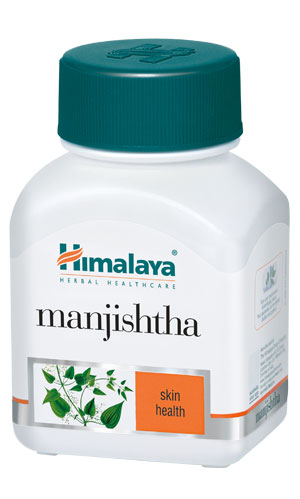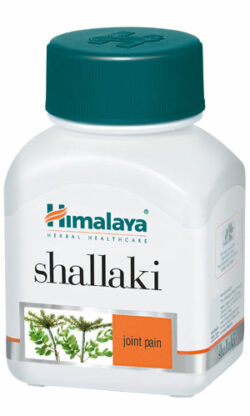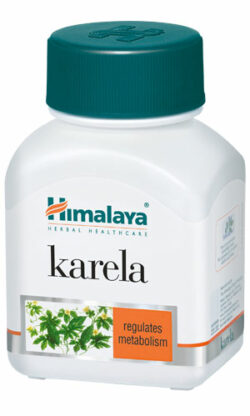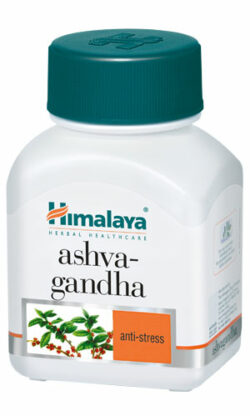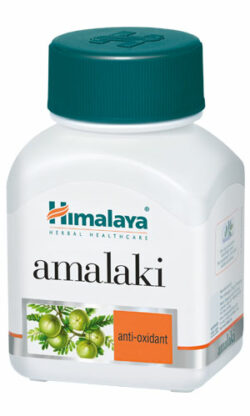Shop
Manjishtha
Effective in skin pigmentation disorders
Manjishtha (Indian Madder/Rubia cordifolia) is helpful in skin conditions like uneven pigmentation and eczema.
The Ayurvedic Pharmacopoeia of India recommends the use of the dried stem of Manjishtha in blood, skin and urogenital disorders, dysentery, piles, ulcers, inflammation, erysipelas, skin diseases and rheumatism. The roots, leaves and seeds of the herb are beneficial for amenorrhea, liver diseases and gall bladder and spleen ailments.
The climbing rugose vine with reddish roots is found in the Himalayas and in hill stations across India.
Active constituents:
The roots are rich in anthraquinones and approximately 20 glycosides. The key components include purpurin (trihydroxy anthraquinone), munjistin (xanthopurpurin-2-carboxylic acid), peudopurpurin (purpurin-3-carboxylic acid) and free alizarin as well as its glucoside. These compounds impart antibacterial, expectorant and diuretic properties to the herb. Antitumor cyclic hexapeptides have also been isolated from the root.

